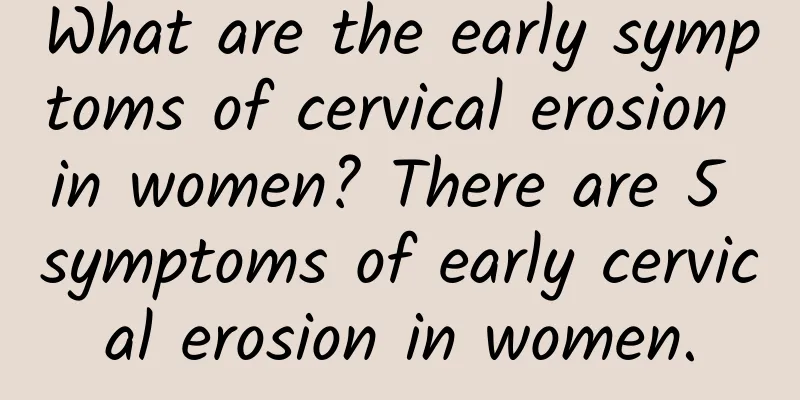How to treat cervical warts

|
Cervical warts are also particularly serious gynecological diseases. Especially after female friends suffer from such cervical warts, they must be treated in time. Some people delay the cure of the disease, which makes more people suffer from other diseases. So what is the treatment of cervical warts? Laser therapy It is a commonly used method for treating cervical condyloma in dermatology and venereology. It is characterized by rapid effect, and the warts can fall off at the time of treatment. Carbon dioxide laser is commonly used to burn the warts, and generally the warts can fall off in one treatment. However, due to the over-concentration of the laser beam, laser treatment is only suitable for cervical condyloma that is not too large. If the warts are large, laser treatment is likely to cause recurrence. Microwave therapy It is a treatment method that has emerged since the 1990s. Its principle is to use the high-frequency vibration of microwaves to evaporate the water inside the warts, causing them to necrotize and fall off. The characteristics of microwave treatment are that the warts are completely destroyed and are not easy to recur, but the wound surface recovers slowly and is prone to secondary infection. Therefore, microwave treatment is particularly suitable for treating large, isolated, and scattered warts. At the same time, it should be kept away from the frenulum of the foreskin to prevent damage to the frenulum and affect the male reproductive function. Electrocautery It is an older treatment method. In the past, dermatologists often used high-frequency electric knives or electric soldering irons to cauterize common warts, moles and other skin growths. It is easy to operate and effective. High-frequency electric knives can directly remove and dry warts, and the treatment is more thorough. However, the healing of the ulcer surface caused by electric cauterization is slow. In summary, electric cauterization treatment can be used to treat any cervical warts, but it has high technical requirements for the operator. Excessive or insufficient cauterization is harmful. At the same time, attention should be paid to aseptic operation to prevent infection. Surgery Surgical excision is generally not recommended for cervical warts, because after surgical treatment, cervical warts are prone to recurrence, making the treatment fail. However, surgical excision can be considered for larger warts with pedicles. Some patients have cervical warts that grow too quickly or are as large as cauliflower, which makes other treatments very difficult, so surgical treatment can be considered. To prevent recurrence, other treatments should be combined after surgery. |
<<: How to treat cervical warts
>>: What method should be chosen for the initial treatment of cervical warts
Recommend
What is candidal vaginitis?
Candidal vaginitis is a common gynecological dise...
The prevalence of obesity among adolescents is about 30%, and adult obesity will follow! Special clinic for adolescents provides consultation
The World Health Organization (WHO) defines adole...
The basis of TCM diagnosis of different types of dysmenorrhea
Because the causes of dysmenorrhea are relatively...
Women must beware of the causes of irregular menstruation
Irregular menstruation is a common female disease...
What are the preventive measures for dysmenorrhea?
Dysmenorrhea is a very common disease in life. Ma...
How to treat cervical erosion in women? Several physical treatment methods for cervical erosion
Cervical erosion is a common gynecological diseas...
How to check for irregular menstruation
How to check irregular menstruation? Irregular me...
Pelvic effusion
There are two types of patients with pelvic effus...
What precautions should be taken before treatment of vulvar leukoplakia?
What are the precautions before the treatment of ...
Can I eat glutinous rice balls after a miscarriage? It is not advisable to eat too much
After a female friend gets pregnant unexpectedly,...
Will running fast make you anaerobic? Understanding the aerobic and anaerobic zones in running
"Aerobic exercise" is a term that many ...
A cancer-preventing expert in the kitchen! Citrus pomegranates are on the list
[Key Points]: Traditional Chinese medicine emphas...
What are the nursing methods for uterine effusion?
One of the diseases that women are very afraid of...
How to cure irregular menstruation?
Some people are under a lot of pressure at work, ...
Can I have sex if I haven't had my period 37 days after the abortion?
Abortion refers to artificial abortion. If menstr...









